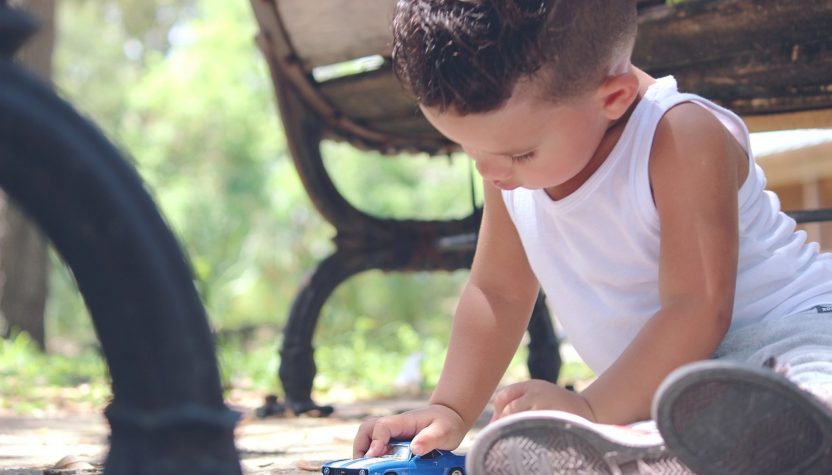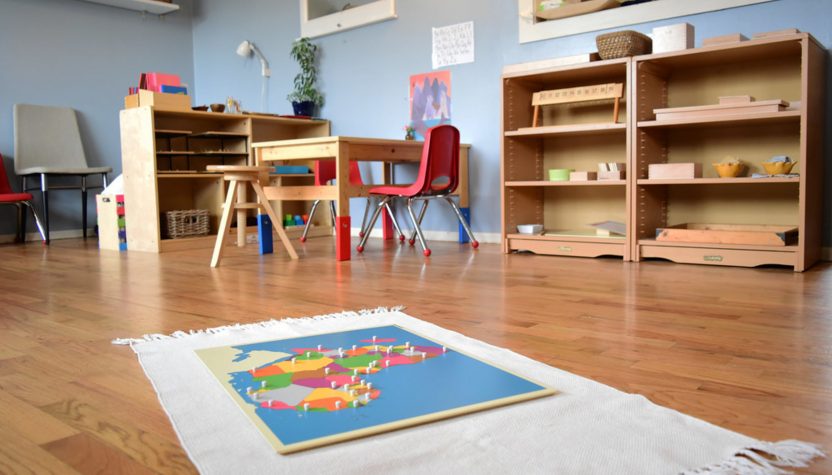If your child is approaching 3 years old, you may be considering preschool options. While price estimates will vary based on where you live and the availability of various childcare centers in your area, you pay between $372 to $1100 a …


If your child is approaching 3 years old, you may be considering preschool options. While price estimates will vary based on where you live and the availability of various childcare centers in your area, you pay between $372 to $1100 a …

Sending your child to preschool can be a concerning time as you do not know how your little one will respond to a classroom environment. Rest easy that there are many social benefits for kids when they enter preschool. After a few weeks, you should start to see these benefits at home as well and know that your child is benefiting from attending a classroom environment for at least a portion of her day.
Here are six of the top social benefits your child is likely to experience at preschool.
Preschool class time promotes a lot of pretend play within the school day. This activity prompts students to take turns, communicate, and respond to others to move a game forward. It takes a good deal of understanding for two preschool students to pretend to play together. Learning how to play with another child results in learning to get along with other people, cohesively, and calmly.
Children learn how to respond to others by watching adults and imitating what they do. While a lot of this imitation comes from the home, having other adults demonstrate appropriate responses at school helps children learn to love and respect for others. By having a teacher that validates students’ feelings and addresses their needs, preschools will be better able to model those reactions when playing independently or with another person.
Rather than having to remind a preschooler of what they need to do continually, preschool fosters their sense of independence in controlling their body and completing self-care tasks. Students have to sit still in circle time during a school day, listen to directions during gym games, communicate with others during playground time, feed themselves at snacks, and wash hands all on their own. The day is built for students to be as independent as possible.
Students are taught how to self-evaluate their emotions in preschool. Discussions of being in the Red Zone and Green Zone foster self-regulation and calming techniques. Students are also taught how to recognize expressions like happy, sad, and mad in others. All of these learning surrounding emotions allows your student to learn how to control their emotional state and how to help others feel better.
As you know, preschoolers love to share about themselves and their day. The preschool curriculum encourages students to verbalize their thoughts to an attentive ear and get a response. This focus allows students to communicate better and be less easily frustrated, which means fewer tantrums.
According to this preschool, all of this learning in the preschool classroom leads students to more positive mental health. Students can communicate, express themselves, and get along with others. These are all valuable life skills that will make these tiny people more productive and kind adults.
No matter how much time your child spends in preschool, they are sure to learn a myriad of social benefits. All of these will lead your child to be a happier, more independent person and give you a chance to get to know her little personality even better.

It is never too early to impart essential lessons for young persons. Even the instruction given to preschoolers could exert a significant impact on their development later in life. Therefore, if you are a preschool instructor or parent of a …